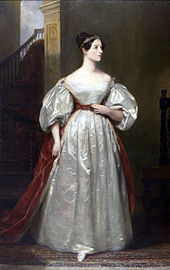
Earl of Lytton, in the County of Derby, is a title in the Peerage of the United Kingdom. It was created in 1880 for the diplomat and poet Robert Bulwer-Lytton, 2nd Baron Lytton. He was Viceroy of India from 1876 to 1880 and British Ambassador to France from 1887 to 1891. He was made Viscount Knebworth, of Knebworth in the County of Hertford, at the same time he was given the earldom, also in the Peerage of the United Kingdom.
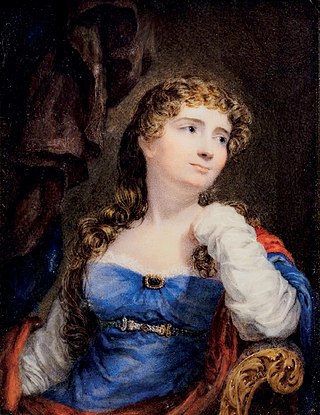
Anne Isabella Noel Byron, 11th Baroness Wentworth and Baroness Byron, nicknamed Annabella and commonly known as Lady Byron, was an educational reformer and philanthropist who established the first industrial school in England, and was an active abolitionist. She married the poet George Gordon Byron, more commonly known as Lord Byron, and separated from him after less than a year, keeping their daughter Ada Lovelace in her custody despite laws at the time giving fathers sole custody of children.

Anne Isabella Noel Blunt, 15th Baroness Wentworth, known for most of her life as Lady Anne Blunt, along with her husband the poet Wilfrid Blunt, was co-founder of the Crabbet Arabian Stud in England and the Sheykh Obeyd estate near Cairo. The two married on 8 June 1869. From the late 1870s, Wilfrid and Lady Anne travelled extensively in Arabia and the Middle East, buying Arabian horses from Bedouin princes such as Emir Fendi Al-Fayez and the Egyptian Ali Pasha Sherif. Among the great and influential horses they took to England were Azrek, Dajania, Queen of Sheba, Rodania and the famous Ali Pasha Sherif stallion Mesaoud. To this day, the vast majority of purebred Arabian horses trace their lineage to at least one Crabbet ancestor.
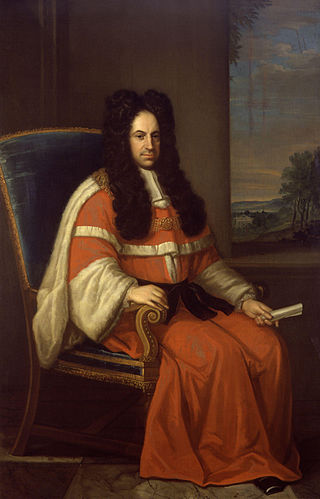
Peter King, 1st Baron King,, commonly referred to as Lord King, was an English lawyer and politician, who became Lord High Chancellor of Great Britain.
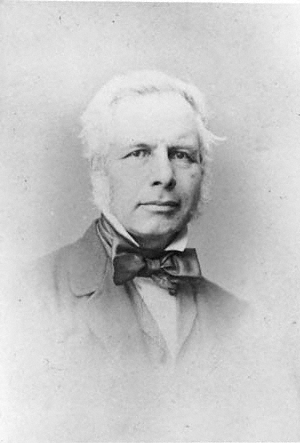
The Hon.Peter John Locke King was an English politician.
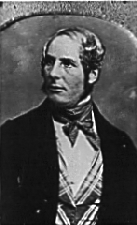
William King-Noel, 1st Earl of Lovelace,, styled The Lord King from 1833 to 1838, was an English nobleman and scientist. He was the husband of Lord Byron's daughter Ada, today remembered as a pioneering computer scientist.

Baron Wentworth is a title in the Peerage of England. It was created in 1529 for Thomas Wentworth, who was also de jure sixth Baron le Despencer of the 1387 creation. The title was created by writ, which means that it can descend via female lines.
Neville Stephen Bulwer-Lytton, 3rd Earl of Lytton,, was a British military officer, Olympian and artist.

Lieutenant-Colonel Noel Anthony Scawen Lytton, 4th Earl of Lytton,, was a British Army officer, Arabian horse fancier and writer.

John Peter Michael Scawen Lytton, 5th Earl of Lytton,, styled Viscount Knebworth from 1951 to 1985, is a British chartered surveyor, hereditary peer and member of the House of Lords.
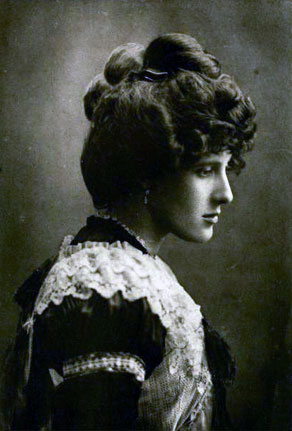
Judith Anne Dorothea Blunt-Lytton, 16th Baroness Wentworth, also known as Lady Wentworth, was a British peeress, Arabian horse breeder and real tennis player. As the owner of the Crabbet Arabian Stud from 1917 to 1957, her influence on Arabian horse breeding was profound, with over 90 per cent of all Arabian horses in the world today carrying lines to Crabbet bloodstock in their pedigrees.
Thomas Noel, 2nd Viscount Wentworth was a British politician who succeeded to a peerage before he could take his seat in the House of Commons, having just been elected in 1774.
Ada Byron Milbanke, 14th Baroness Wentworth was a British peer.
Byron King-Noel, 12th Baron Wentworth, styled Viscount Ockham was a British peer and the eldest of the three legitimate grandchildren of poet Lord Byron.
Ralph Gordon King-Milbanke, 2nd Earl of Lovelace was a British nobleman and author of Astarte: A Fragment of Truth concerning George Gordon Byron, Sixth Lord Byron. He was Lord Byron's grandson.

Charles Noel Noel, 1st Earl of Gainsborough, known as Charles Edwardes until 1798, as Charles Noel between 1798 and 1823 and as the Lord Barham between 1823 and 1841, was a British peer and Whig politician.
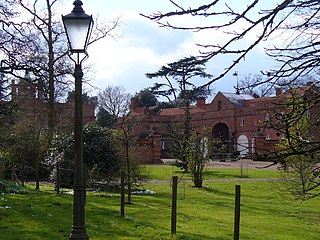
Ockham Park is a seventeenth-century English country house in Ockham, Surrey.
Sir Ralph Noel, 6th Baronet was a British landowner and politician, father-in-law of Lord Byron and grandfather of the mathematician Lady Ada Lovelace. Before 1815 he was known as Sir Ralph Milbanke.
Anne Lovelace, 7th Baroness Wentworth was an English peeress.




